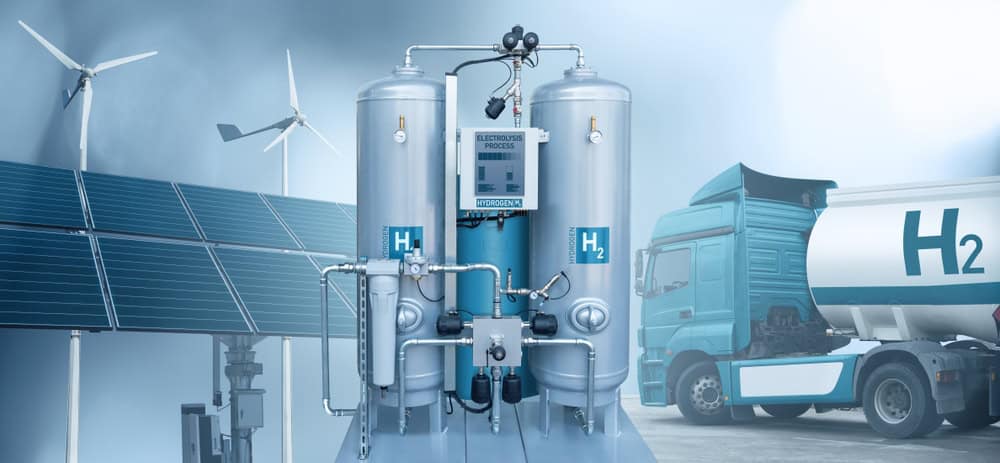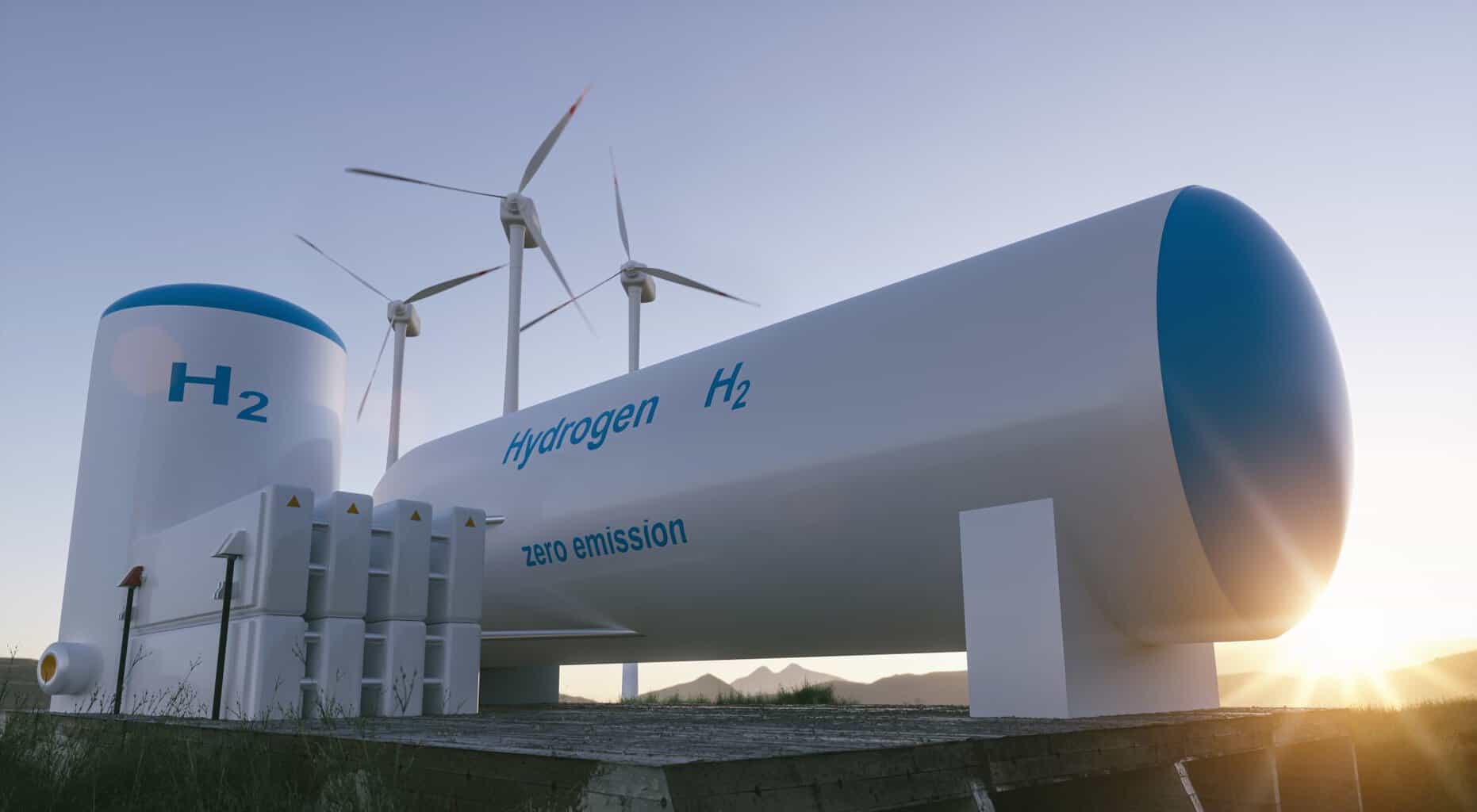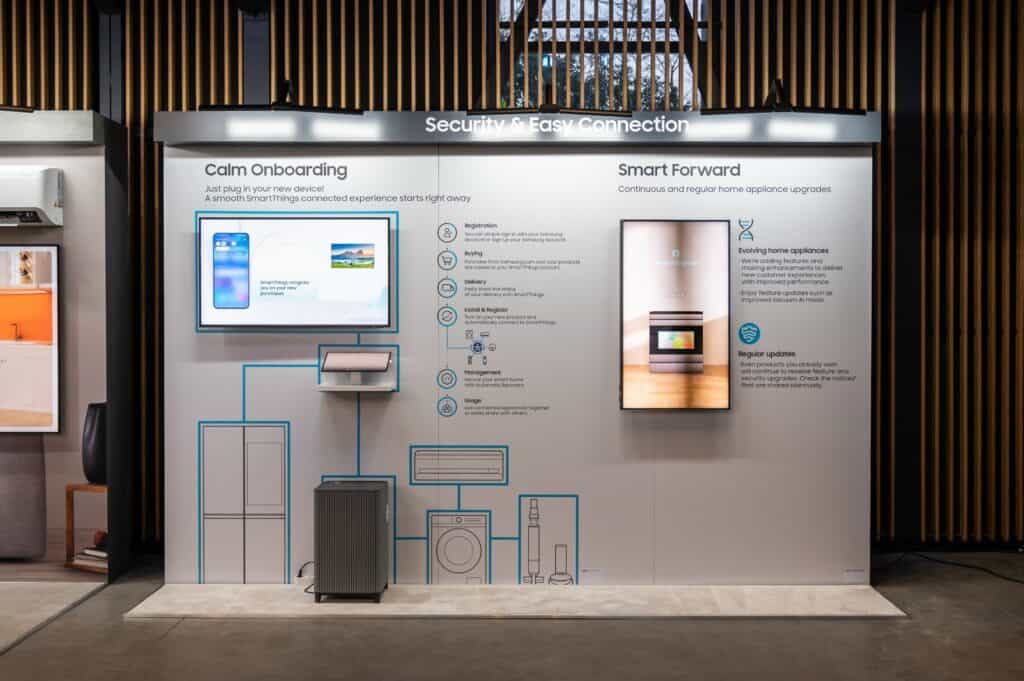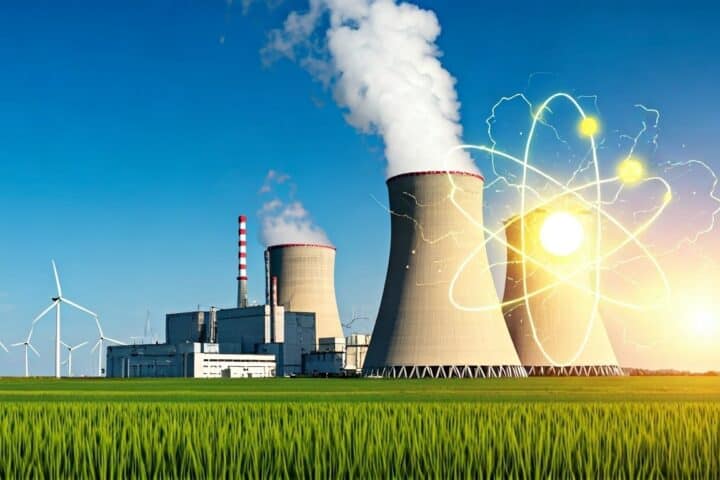The US hydrogen production industry is experiencing rapid growth, driven by advancements in clean energy solutions and a national focus on decarbonization. Historically grounded in steam reforming of natural gas, hydrogen production is now shifting toward greener methods like electrolysis powered by renewable energy. The US National Clean Hydrogen Strategy and Roadmap sets forth initiatives to scale up clean hydrogen production, boost economic opportunities, and reduce greenhouse gas emissions. As the US expands its hydrogen infrastructure and market, it positions itself as a global leader in sustainable energy solutions.
The landscape of hydrogen production in the US is shaped by a complex interplay of historical foundations and modern advancements.
From its industrial roots to a growing focus on clean energy solutions, hydrogen holds vast potential. Exploring the country’s resources and strategic initiatives reveals a promising future for this versatile energy carrier.
But what does this mean for the US in the broader context of sustainable energy transition and decarbonisation efforts?
History and current outlook of hydrogen production in the US
Hydrogen production in the US dates back to the early 1800s, when it was first utilised for industrial purposes.
Initially, hydrogen was primarily produced through steam reforming of natural gas. Over time, advancements in hydrogen technology have led to more efficient and sustainable production methods, such as electrolysis using renewable energy sources like wind and solar power.
This shift toward renewables has not only improved the energy efficiency of hydrogen production but also reduced its environmental impact, aligning with the growing emphasis on clean energy.
Currently, the outlook for hydrogen production in the US is one of promising growth. The integration of hydrogen into various industrial applications—such as refining, ammonia production, and transportation—is driving demand for this versatile energy carrier.
Moreover, the push for decarbonisation and the transition to a low-carbon economy has further fuelled interest in hydrogen as a clean energy solution.
With ongoing research and development, the US is well-positioned to expand its hydrogen production capabilities and play a significant role in the global hydrogen market.
US potential for hydrogen exploration and development
With abundant natural gas reserves and a rapidly growing renewable energy sector, the US holds substantial potential for hydrogen exploration and development.
The country’s diverse resources and established infrastructure make it particularly well-suited for hydrogen production.
This potential is further amplified by a national commitment to clean energy initiatives, positioning hydrogen as a key player in the transition toward sustainable energy solutions.
Hydrogen exploration and development in the US are supported by several factors. Vast natural gas reserves enable cost-effective hydrogen production through steam methane reforming—a process that can be made even cleaner with carbon capture technology.
Additionally, the increasing focus on renewable energy sources like wind and solar presents opportunities for green hydrogen production through electrolysis, which uses electricity from clean sources to split water molecules into hydrogen and oxygen.
The US government’s emphasis on clean energy and carbon reduction aligns with the promotion of hydrogen as a clean fuel alternative.
This support, combined with advancements in hydrogen technologies and infrastructure, positions the US as a significant player in the global hydrogen market.
As demand for clean energy solutions continues to rise, the US holds a promising future in hydrogen exploration and development, contributing to a more sustainable energy landscape.
Hydrogen’s role in the US clean energy transition
Hydrogen has the potential to play a significant role in the US clean energy transition by serving as a versatile and sustainable energy carrier.
As a clean fuel, hydrogen technology offers a promising solution for reducing greenhouse gas emissions and meeting climate goals. Its versatility allows for integration across various sectors, including transportation, industry, and power generation.
In the context of renewable energy, hydrogen is crucial for energy sustainability. By using renewable sources such as wind, solar, and hydropower to produce green hydrogen through electrolysis, the US can reduce its dependence on fossil fuels and move toward a more sustainable energy mix.

This aligns with national climate goals by promoting decarbonisation and reducing environmental impact.
Moreover, hydrogen technology enables energy storage and grid balancing, addressing the intermittency of renewable sources and enhancing overall system reliability.
By leveraging hydrogen as a storage medium, the US can optimise its renewable energy resources and establish a more resilient and efficient energy infrastructure.
Key points of the US National Clean Hydrogen Strategy and Roadmap
The US National Clean Hydrogen Strategy and Roadmap outlines key initiatives and objectives for advancing hydrogen utilisation and production nationwide.
The strategy focuses on promoting clean energy through the development of a vibrant hydrogen economy, with an emphasis on reducing greenhouse gas emissions, enhancing energy security, and creating new economic opportunities.
One of the main points of the strategy is the commitment to scaling up clean hydrogen production to decrease costs and increase competitiveness.
This involves significant investment in research and development to drive innovation and improve efficiency in hydrogen production technologies.
Additionally, the roadmap emphasises the importance of establishing strategic partnerships between the government, industry, and academia to accelerate the deployment of hydrogen infrastructure across various sectors.
It also highlights the significance of international collaboration, aiming to align with global partners to advance clean hydrogen technologies on a worldwide scale.
Ultimately, the strategy aims to position the US as a leader in clean hydrogen production and utilisation, driving innovation, economic growth, and environmental sustainability.
Future direction of the US hydrogen landscape
The envisioned future of hydrogen production in the US involves establishing sustainable partnerships and driving innovation to solidify the nation’s position as a global leader in clean hydrogen.
Future development in the US hydrogen sector will depend heavily on technological advancements to enhance efficiency and reduce costs associated with production, storage, and transportation.
Research and development efforts are focused on improving electrolysis technologies, exploring novel materials for fuel cells, and enhancing hydrogen infrastructure to support a growing market.
Policy support is crucial in shaping the future of the US hydrogen landscape. Implementing supportive regulations, fiscal incentives, and investment frameworks will be essential for fostering market expansion and encouraging private sector engagement in hydrogen-related projects.
By creating a conducive policy environment, the US aims to attract investments, stimulate innovation, and accelerate the deployment of hydrogen technologies across various industries.
Market expansion is another key objective for the US hydrogen sector. Developing a robust hydrogen market will involve diversifying end-use applications, such as transportation, industrial processes, and power generation, to create sustainable demand for hydrogen products.

By expanding market opportunities and promoting cross-sector collaboration, the US can establish a thriving hydrogen economy that contributes to decarbonisation efforts and strengthens long-term energy security.
In conclusion, the US has a rich history of hydrogen production and a promising future ahead. With abundant natural gas reserves and a growing renewable energy sector, the country is well-positioned for hydrogen exploration and development.
As a key player in the clean energy transition, hydrogen offers a versatile and sustainable solution for reducing greenhouse gas emissions across various sectors.
The US National Clean Hydrogen Strategy and Roadmap provide a clear direction for the future of hydrogen production in the US, setting the stage for continued innovation, economic growth, and environmental sustainability.











